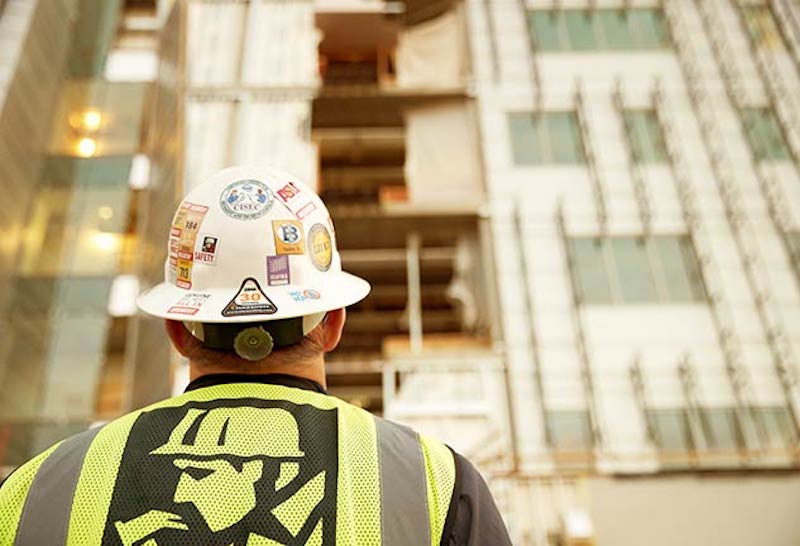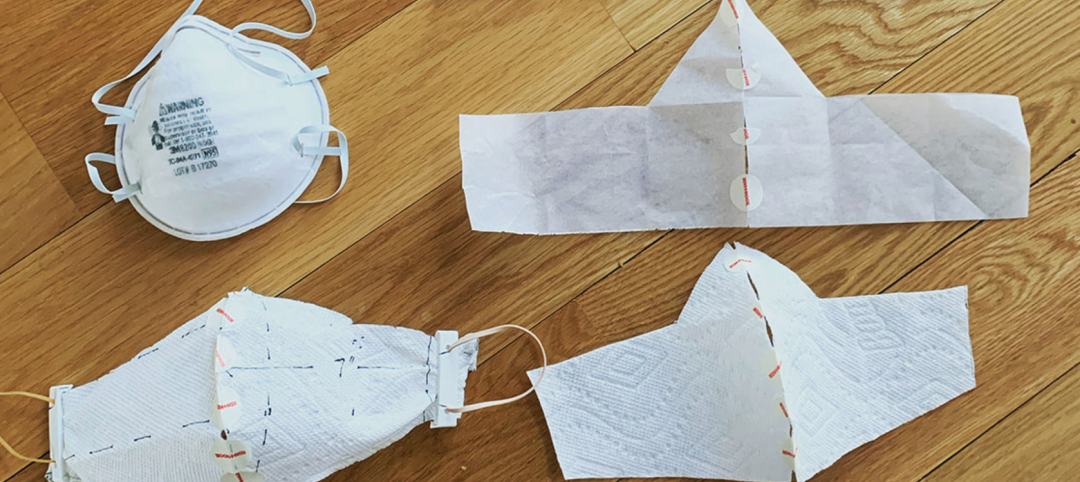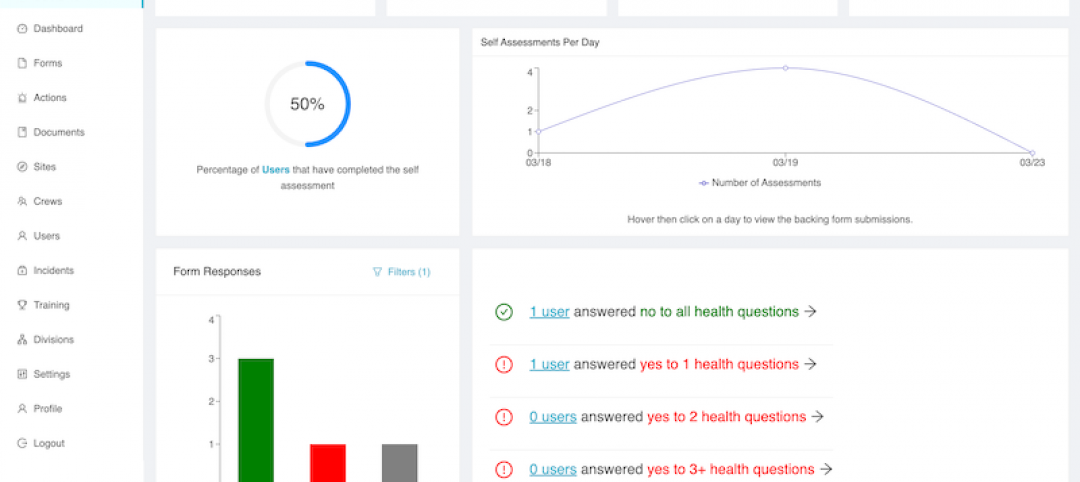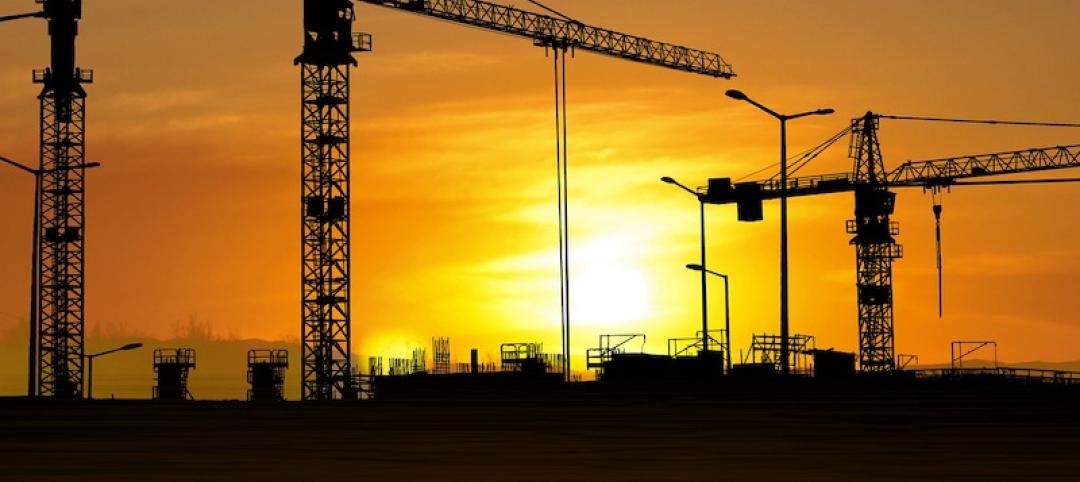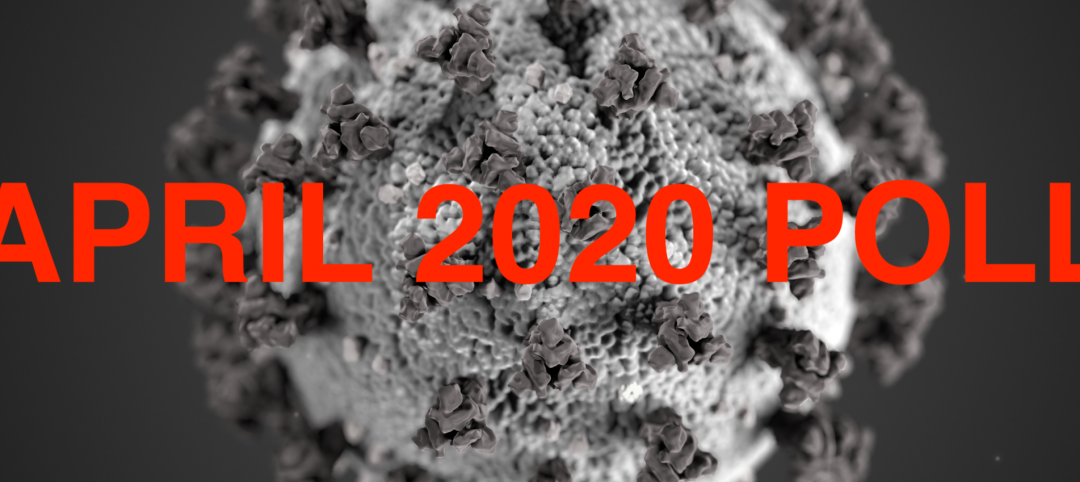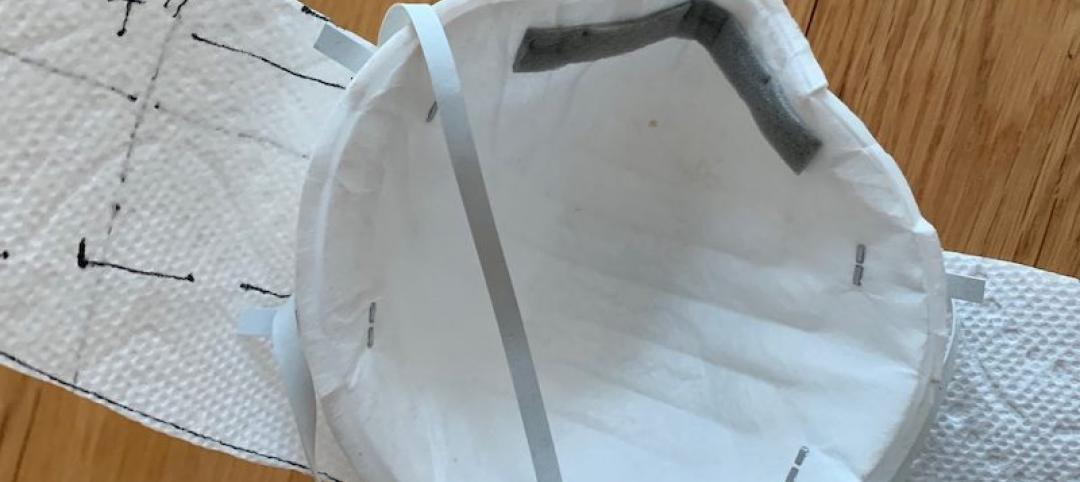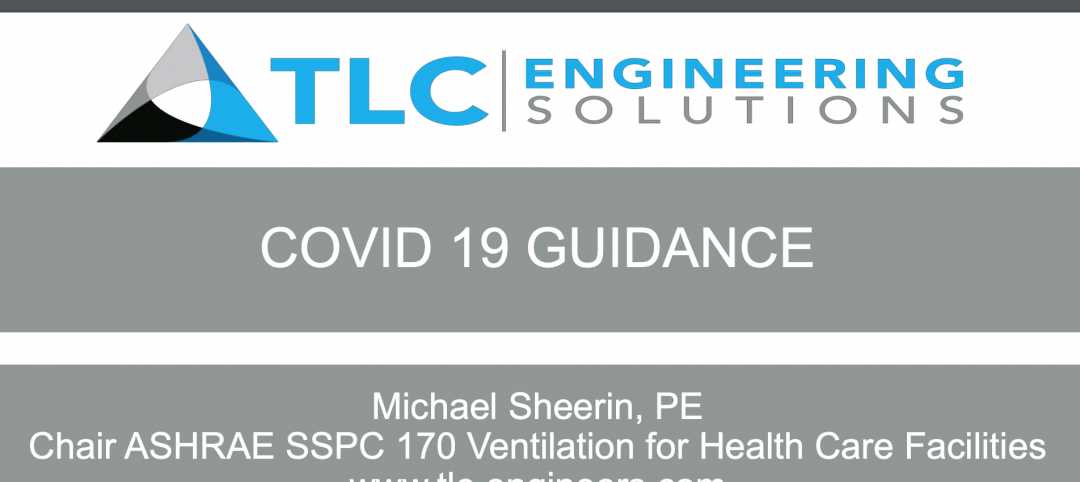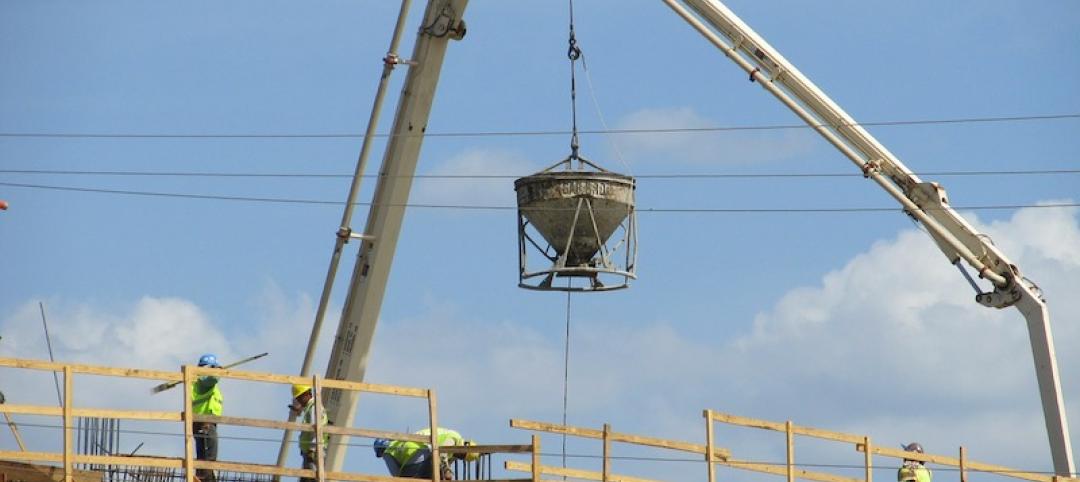The COVID-19 pandemic is fundamentally shifting the way people around the world live and work. While essential services such as construction have continued to operate, how we build has evolved. For many owners, prefabrication is playing an increasingly important role during the pandemic by enhancing safety and providing cost and schedule certainty.
WHAT ARE “PREFAB” AND “OFFSITE PRODUCTION?”
Offsite production moves processes once performed on the jobsite to a collaborative, digitally empowered environment in order to address typical building challenges earlier in the process, when they’re simple and cheaper to address. Prefabrication — or “prefab” — are the resulting elements of the building produced by this process.
What is the value of offsite production? When thoughtfully considered, implementing offsite production can bring more certainty across all areas of the project as well as other improvements compared to traditional construction, especially when considering impacts on safety, quality, schedule, cost and speed. Reducing risk and increasing certainty is the greatest value of offsite production.

THREE WAYS OFFSITE PRODUCTION AND PREFAB ARE DESIGNED FOR THE TIMES
In many ways, the benefits of offsite production and prefabrication are being compounded during the COVID-19 pandemic. These processes naturally supplement heightened safety protocols, control quality and create schedule certainty in increasingly uncertain times. Not convinced? Here are just a few ways prefab helps address the challenges of COVID-19:
- Fewer laborers on site: When the building process is decentralized, fewer people are required on the jobsite — reducing onsite personnel and the risk of potential exposure to COVID-19. Social distancing becomes much easier, and teams have more flexibility to add shifts or modify schedules to reduce congestion. COVID-related safety tasks such as screening lines or contact tracing are also reduced because fewer workers and visitors are involved.
- A safer, independent production environment: Fabricating and assembling building components in a separate, controlled shop environment — instead of on an active jobsite — makes it easier to implement and monitor COVID-19 safety guidelines, while maintaining rigorous quality standards. Additionally, shop production is typically more repetitious and planned far in advance of on-site needs, which can buffer against worker absences without reducing quality or productivity.
- Certainty in uncertain times: Offsite production helps decentralize both the workforce and building activities, which above all produces greater certainty for projects and owners. Decentralized projects are typically more resilient and carry greater safety, schedule and cost certainty – whether antagonized by inclement weather or global pandemics.
On jobsites where health and safety concerns are heightened — such as on a healthcare campus — offsite production can be an effective way to minimize building activity around patient care facilities. And when new triage spaces are needed quickly, offsite production can be the answer, leveraging prefabricated systems to augment existing spaces with beds, electrical, HVAC and communications infrastructure.
IS PREFAB A GOOD FIT FOR YOUR NEXT PROJECT?
As more owners and builders consider prefabrication during the COVID-19 pandemic, there’s a growing understanding that it's not a one-size-fits-all approach suitable for every project. But for many, prefab can make the difference in maximizing the value of the owner’s vision, while maintaining health and safety requirements. To find out for sure, your builder needs to conduct an upfront, formal analysis to determine the potential value of prefab for any given project.
You want to work with a builder committed as much to the process of offsite production as they are to selection of prefabricated products. Why is process so important? Put simply, prefab is not right for every situation.
With the right conditions, cost and schedule savings can be as high as 20 percent when using offsite production and prefab products vs. their traditional alternatives. However, that level of savings often comes with trade-offs. It’s imperative that owners, designers and builders work closely to identify offsite opportunities and manage potential trade-offs in order to deliver a successful project.
That means the first step must be for owners and builders to identify and prioritize project goals in the context of safety, quality, schedule and cost. To decide if your project is a good fit for offsite production and prefab, begin by asking what potential barriers to achieving your goals exist using a traditional building approach. Then work with your builder to determine what offsite opportunities could potentially lower those barriers and what trade-offs might exist.
Trade-offs aren’t always zero-sum, but may require changing plans or ways of thinking. In a recent example, a project team and owner determined that a prefabricated structural solution could accelerate the project schedule, but the vendor and material would need to be contracted much earlier in the project — notably out of step with that client’s typical procurement schedule. In this case, to realize schedule savings, the procurement schedule would need to change.
BUILDING THE RIGHT TEAM
The next step is to build the right team of design and construction professionals early in the design effort to accomplish two critical goals:
- Develop the most effective processes to achieve owner goals.
- Based on the processes developed, evaluate the most effective mix of offsite strategies.
The earlier you choose design and construction professionals, the quicker they can align and begin delivering value early in the design effort — when changes are cheap and low-risk. Working with a partner known for successfully building teams helps ensure every member works in harmony to achieve owner goals. But the right team is more than experience alone. It must be a group dedicated to maximizing the value owners get from offsite production, not the other way around.
At McCarthy, we don’t push in-house fabrication facilities or play favorites. We look at all available options and objectively recommend an approach that produces the best value to our clients. Our principles of safety, quality and value are only enhanced by an offsite production approach.
A VISION FOR THE FUTURE
Where and how offsite production products are being sourced is changing dramatically. McCarthy deploys a national supply-chain approach to best align offsite production products with owner goals, as these methods and products continue to develop.
BIM and other technologies are the cornerstone of this approach: allowing teams to collaboratively plan and track building activities with exceptional clarity, very early in the process. It also allows McCarthy to leverage expertise from all corners of our national network. At McCarthy, the building process is truly “going global.”
The technology feeding this opportunity wasn’t available even five years ago. Now it’s shaping the future of how America and the world builds quality projects more efficiently and cost-effectively than ever before. McCarthy will continue to leverage new technologies — and our offsite production expertise — to lead the way.
Most importantly, McCarthy remains focused on leveraging the advantages of offsite production to help promote the health and safety of workers as the COVID-19 pandemic continues. Safety has always been a cornerstone of our culture, making it easier to develop new protocols that help owners build with confidence in uncertain times. We will build on that foundation to keep America building, now and into the future.
Related Stories
Coronavirus | Apr 2, 2020
COVID-19: CannonDesign initiates industry coalition to make masks for healthcare providers
Coalition formed to make DIY face masks for healthcare workers in COVID-19 settings.
Coronavirus | Apr 2, 2020
As virus spreads across North America, software providers step up with cost-free offerings
The goal is to keep construction projects moving forward at a time when jobs are being postponed or canceled.
Coronavirus | Apr 2, 2020
SBA and Treasury begin effort to distribute $349 billion in emergency small business capital
The new loan program will help small businesses with their payroll and other business operating expenses.
Coronavirus | Apr 2, 2020
New webinar explains how AIA Contract Documents can address business disruptions due to Covid-19
The webinar was recorded March 27.
Coronavirus | Apr 2, 2020
Informed by its latest Crane Index, Rider Levett Bucknall anticipates the effect of coronavirus on the construction industry
While total crane count holds steady, turbulent economic conditions indicate a recession-based drop in construction costs.
Coronavirus | Apr 1, 2020
How is the coronavirus outbreak impacting your firm's projects?
Please take BD+C's three-minute poll on the AEC business impacts from the coronavirus outbreak.
Coronavirus | Apr 1, 2020
Opinion: What can we learn from the coronavirus pandemic?
The coronavirus pandemic will soon end, soon be in the rear-view mirror, but we can still take lessons learned as directions for going forward.
Coronavirus | Apr 1, 2020
Three reasons you should keep sewing face masks (as long as you follow simple best practices)
Here are three reasons to encourage sewists coast to coast to keep their foot on the pedal.
Coronavirus | Apr 1, 2020
TLC’s Michael Sheerin offers guidance on ventilation in COVID-19 healthcare settings
Ventilation engineering guidance for COVID-19 patient rooms
Coronavirus | Apr 1, 2020
February rise in construction outlays contrasts with pandemic-driven collapse in March as owners, government orders shut down projects
Survey finds contractors face shortages of materials and workers, delivery delays and cancellations.


